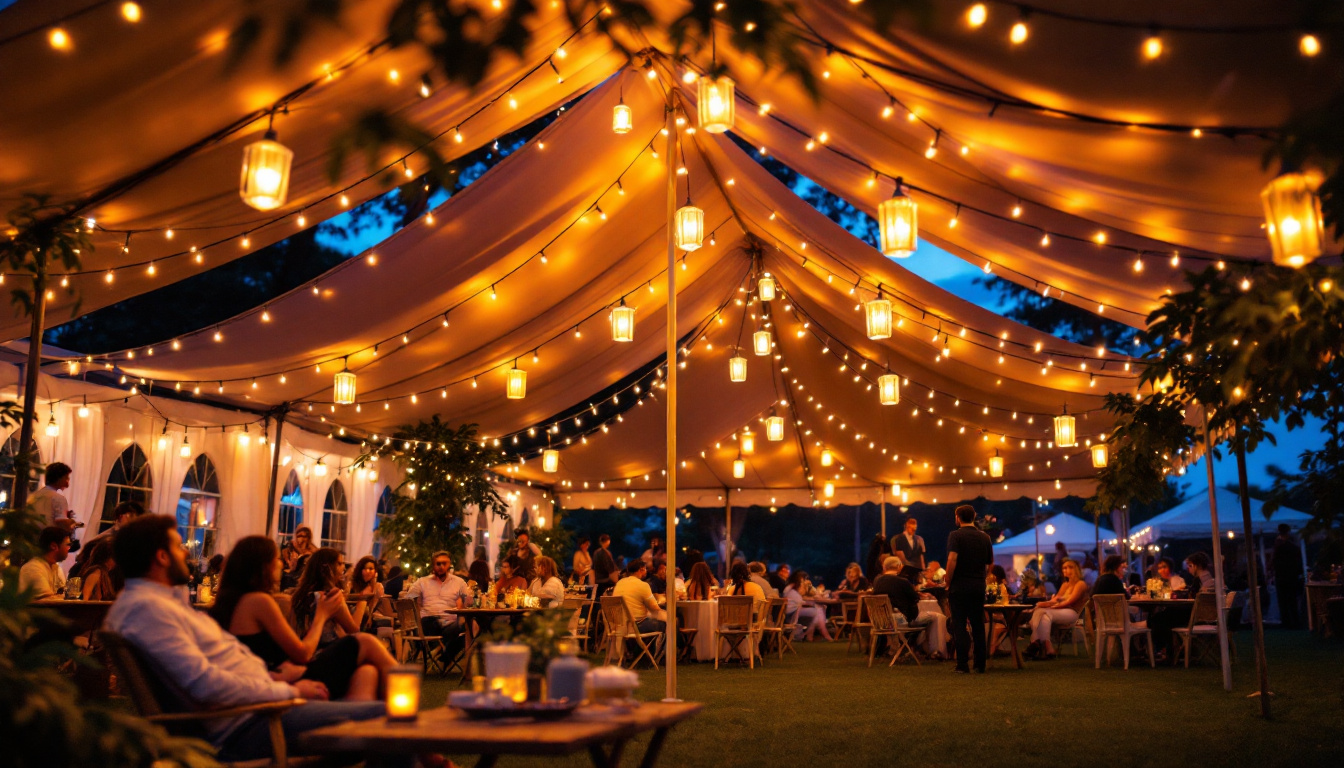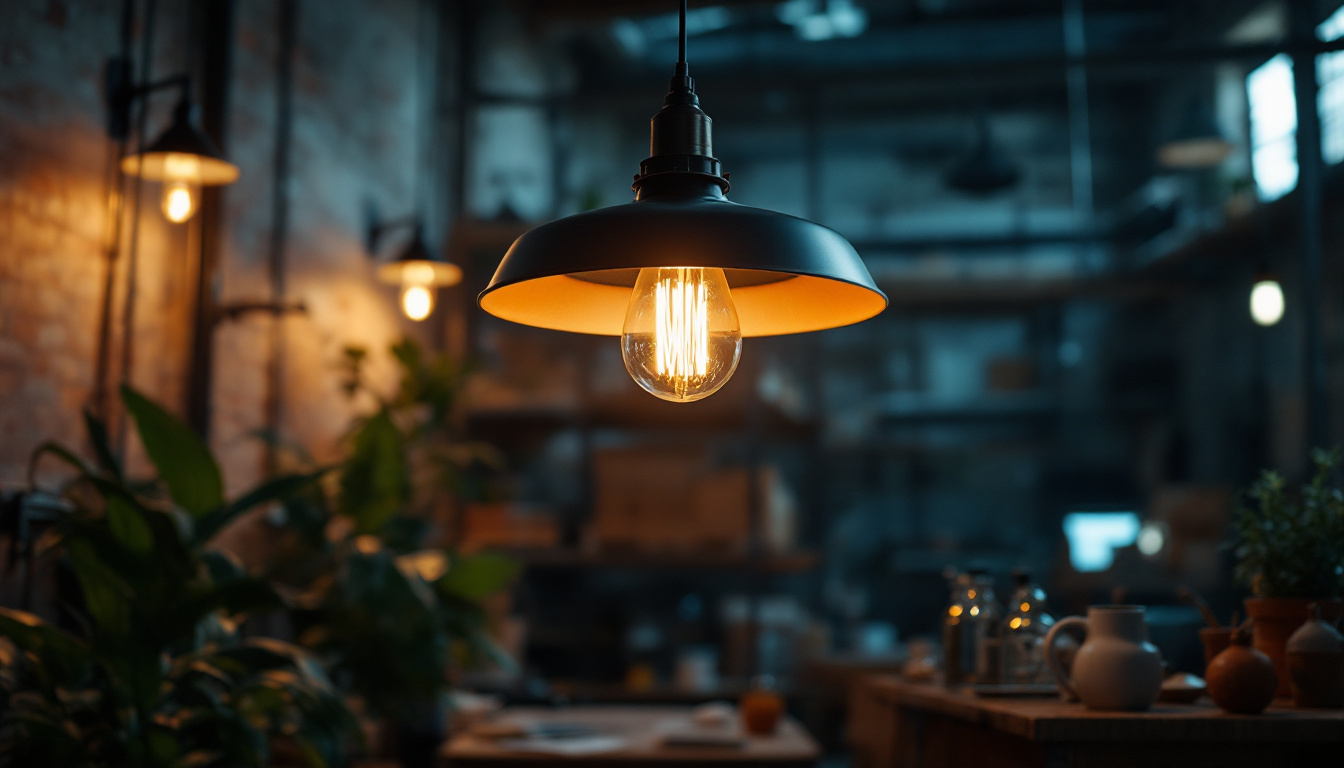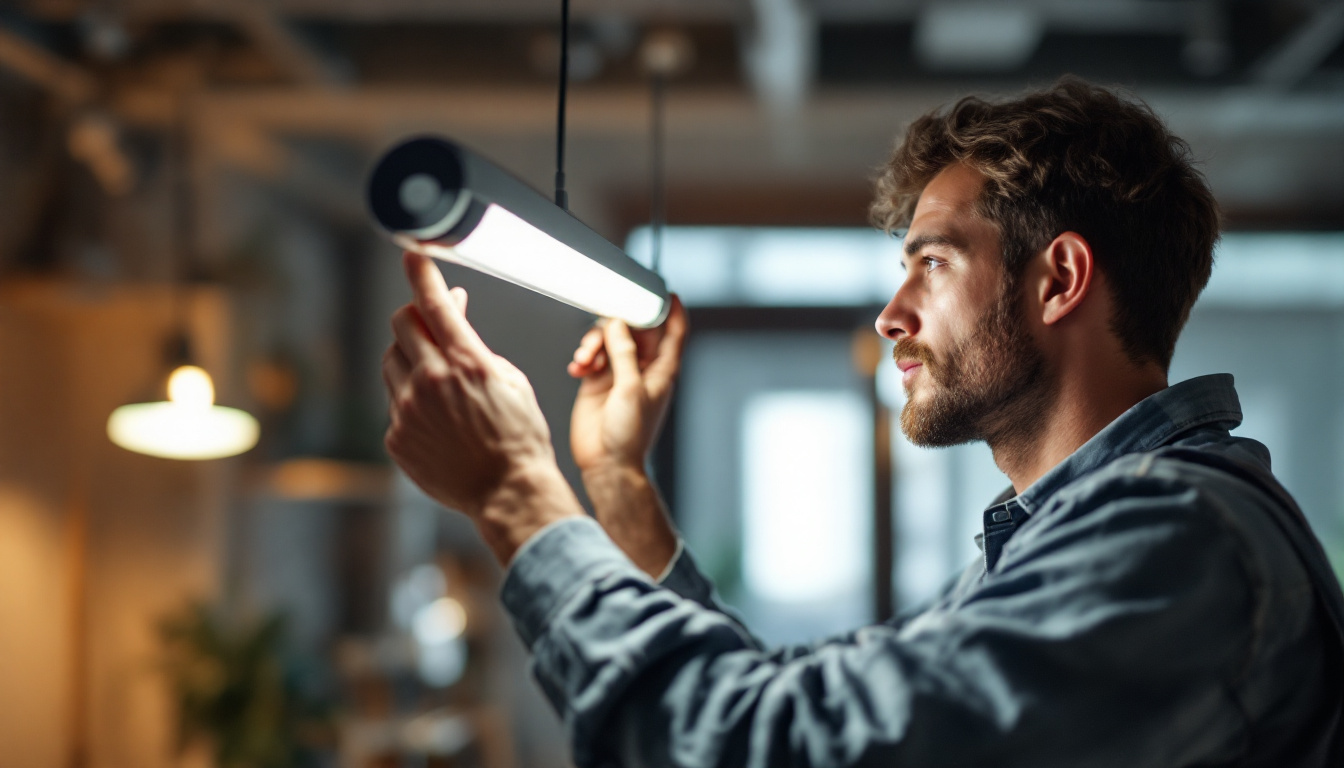

Lighting plays a crucial role in setting the ambiance and functionality of any event, especially when it comes to canopy tents. As a lighting contractor, understanding the nuances of canopy tent lighting can significantly enhance the experiences of your clients. This guide delves into the various aspects of choosing the right lighting solutions for canopy tents, ensuring that you are well-equipped to make informed decisions.
Canopy tents are often used for outdoor events such as weddings, parties, and corporate gatherings. The right lighting can transform these spaces, creating an inviting atmosphere while ensuring safety and visibility. Proper lighting not only enhances the aesthetic appeal but also plays a vital role in functionality. For instance, it can help guests navigate the space and highlight key areas such as dining tables, stages, or dance floors.
Moreover, canopy tent lighting can significantly impact the mood of an event. Soft, warm lights can create a romantic ambiance for weddings, while vibrant colors can energize a corporate event. Understanding the specific needs of each event will help you tailor your lighting solutions accordingly. The choice of lighting fixtures, such as string lights, lanterns, or LED uplights, can further enhance the visual experience, allowing for creativity in design and execution.
Different events have unique lighting requirements. For instance, a wedding may require soft, warm lighting to create a romantic setting, while a corporate event might benefit from brighter, more dynamic lighting to keep the energy levels high. Understanding these nuances can help you make better lighting choices. Additionally, the theme of the event can dictate the style of lighting; for example, a rustic-themed wedding might pair well with vintage Edison bulbs, while a modern corporate event could utilize sleek, minimalist fixtures.
Additionally, consider the time of day the event will take place. Daytime events may require less lighting, while evening events will need more robust solutions. Always discuss the event specifics with your clients to ensure you meet their expectations. It’s also essential to factor in the surrounding environment, as natural light can influence how artificial lighting is perceived. Utilizing dimmers and adjustable fixtures can provide flexibility, allowing for a seamless transition from day to night.
Safety should always be a priority when setting up lighting for canopy tents. Ensure that all electrical components are properly rated for outdoor use and that they are securely installed to prevent hazards. Using weatherproof fixtures and cables can help mitigate risks associated with adverse weather conditions. Regular inspections of the equipment before the event can also prevent unexpected failures, ensuring a smooth experience for both hosts and guests.
Furthermore, consider the placement of lights to avoid creating dark areas that could lead to accidents. Well-lit pathways and exits are essential for ensuring guests can navigate the space safely, especially in low-light conditions. Incorporating motion-sensor lights can also enhance safety, automatically illuminating areas as guests approach. Additionally, providing ample signage illuminated by soft lighting can guide attendees effectively, ensuring that everyone feels secure and comfortable throughout the event.
When it comes to canopy tent lighting, the selection of fixtures is paramount. The right fixtures can enhance the overall aesthetic while providing adequate illumination. Here are some popular options to consider:
String lights are a popular choice for canopy tents due to their versatility and charm. They can be draped across the tent or hung from poles to create a whimsical atmosphere. Available in various styles, including LED and incandescent, string lights can be used to achieve different effects.
Consider using dimmable string lights to allow for adjustments based on the time of day and desired ambiance. They are also relatively easy to install, making them a convenient option for many events.
LED uplights are another excellent choice for canopy tent lighting. These fixtures can be placed on the ground and directed upward to create dramatic effects on the tent’s interior. They are available in various colors, allowing for customization to match the event’s theme.
LED uplights are energy-efficient and long-lasting, making them a cost-effective solution for lighting contractors. Additionally, they produce minimal heat, reducing the risk of fire hazards in enclosed spaces.
For a more elegant touch, chandeliers and pendant lights can be hung from the tent’s structure. These fixtures add a sophisticated element to the decor and can be used to create focal points within the tent. Choose designs that complement the event’s theme and overall aesthetic.
When selecting chandeliers, consider their size and weight. Ensure that the tent’s structure can support the fixture and that it is installed securely to avoid accidents.
Implementing a lighting control system can greatly enhance the flexibility and functionality of your canopy tent lighting. These systems allow for real-time adjustments to brightness and color, enabling you to create dynamic atmospheres that evolve throughout the event.
There are various types of lighting control systems available, ranging from simple dimmer switches to advanced programmable systems. Basic dimmers allow for quick adjustments, while more sophisticated systems enable you to create pre-set lighting scenes that can be activated at the touch of a button.
Consider the technical expertise of your team when selecting a control system. If your team is not familiar with advanced systems, opting for a more straightforward solution may be prudent.
Incorporating remote control capabilities into your lighting setup can enhance convenience. This feature allows event coordinators to adjust the lighting without needing to manually access the fixtures. Automation can also be programmed to change lighting settings at specific times, ensuring a seamless transition between different phases of the event.
Power supply is a critical aspect of canopy tent lighting that requires careful planning. Ensuring that you have adequate power sources to support your lighting setup is essential for a successful event.
Determine whether the event location has access to grid power or if a generator is necessary. Using grid power can simplify setup and reduce noise, but it may not always be available at outdoor venues. In such cases, a generator can provide the necessary power, but it’s essential to choose a model that operates quietly to avoid disrupting the event.
When using a generator, ensure that it is appropriately sized for the lighting load and that it is placed safely away from the event area to minimize risks and noise.
Proper cabling is vital for safety and functionality. Use outdoor-rated extension cords and ensure that all connections are secure and protected from the elements. Avoid overloading circuits, as this can lead to power outages or fire hazards.
Plan your cable runs carefully to minimize tripping hazards and ensure that they are not placed in high-traffic areas. Utilizing cable covers can help protect cables and reduce risks.
Creating an effective lighting layout is crucial for maximizing the impact of your canopy tent lighting. A well-thought-out design can enhance the ambiance while ensuring that all areas of the tent are adequately illuminated.
Start by identifying key areas within the tent that require focused lighting. This may include dining tables, stages, or dance floors. Consider the flow of the event and how guests will move through the space when planning your layout.
Incorporate different lighting styles to highlight these areas. For example, using uplights around the dance floor can create a vibrant atmosphere, while softer lights over dining tables can promote conversation and intimacy.
Layering different types of lighting can create depth and interest in your design. Combine ambient lighting, task lighting, and accent lighting to achieve a balanced look. Ambient lighting provides overall illumination, task lighting focuses on specific areas, and accent lighting highlights decorative elements.
Experiment with different combinations to find the right balance for each event. This approach not only enhances the visual appeal but also improves functionality.
After the event, it’s essential to conduct a thorough assessment of the lighting setup. This process not only helps identify areas for improvement but also ensures that you can provide valuable feedback to clients for future events.
Gather feedback from clients regarding the lighting performance. Did it meet their expectations? Were there any issues during the event? Understanding their perspective can help refine your approach for future projects.
Additionally, assess the durability of the fixtures and equipment used. Were there any failures or malfunctions? Documenting these experiences will inform future decisions and help improve your service offerings.
Proper maintenance and storage of lighting equipment are crucial for longevity. Clean fixtures after each use to remove dust and debris, and ensure that all cables are coiled neatly to prevent damage. Store equipment in a climate-controlled environment to protect it from extreme temperatures and moisture.
Regularly inspect your inventory for wear and tear, replacing any damaged components promptly. This proactive approach will ensure that you are always prepared for upcoming events.
Choosing the right lighting for canopy tents is a multifaceted process that requires careful consideration of various factors. By understanding the unique needs of each event, selecting appropriate fixtures, and implementing effective lighting designs, lighting contractors can significantly enhance the overall experience for their clients.
From safety considerations to post-event evaluations, every aspect of the lighting setup contributes to the success of an event. By staying informed about the latest trends and technologies in lighting, contractors can continue to provide exceptional service and create memorable experiences for their clients.
Ready to elevate your canopy tent lighting with the best in the business? Look no further than LumenWholesale, where we provide contractors with premium, spec-grade lighting products at unbeatable wholesale prices. Our extensive selection is designed to meet the highest industry standards, ensuring your events shine with reliable, high-performance lighting. Plus, with free shipping on bulk orders, you can enjoy the best value without any hidden fees. Don’t compromise on quality or affordability. Wholesale Lighting at the Best Value is just a click away. Experience the LumenWholesale difference today!

Explore the advantages and drawbacks of warehouse hanging lights in this insightful article tailored for lighting contractors.

Discover essential insights into warehouse lighting requirements with our comprehensive guide for lighting contractors.

Discover why purchasing wafer lights in bulk from local distributors might not be the best choice.

Discover the essential insights and expert tips every lighting contractor needs to know about tube lights.
Get notified when NEW deals are released.
Optimize your budget with wholesale discounts.
Only top-quality, specification-grade lighting products.
No additional costs at checkout - what you see is what you pay.
We understand the unique needs of contractors.